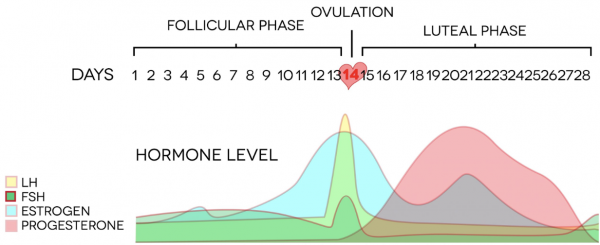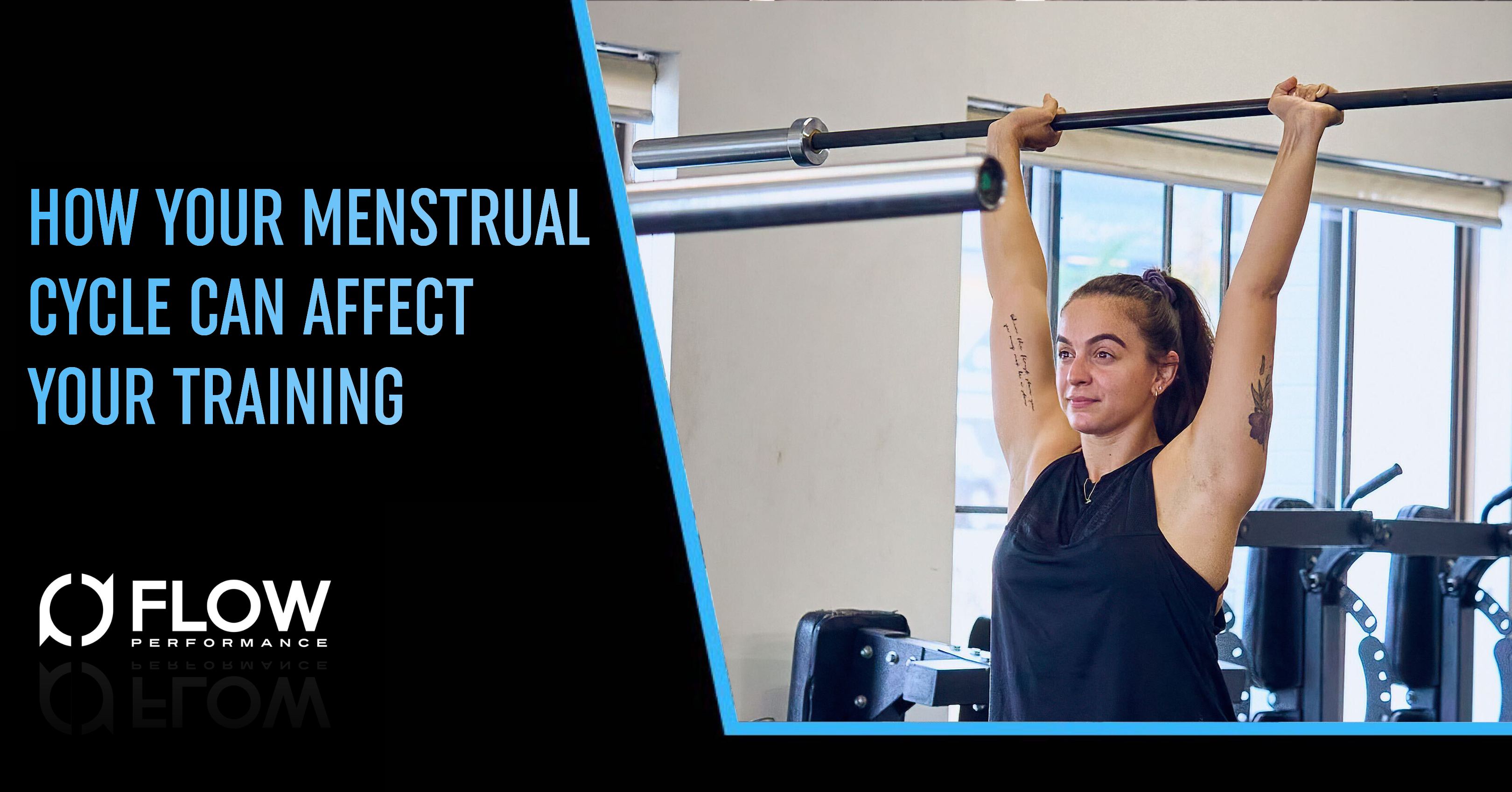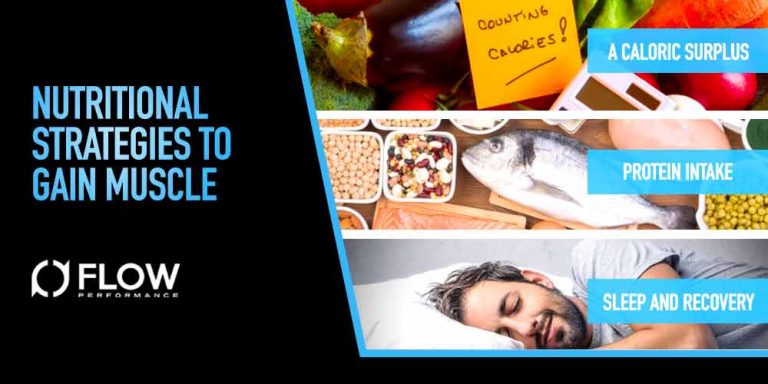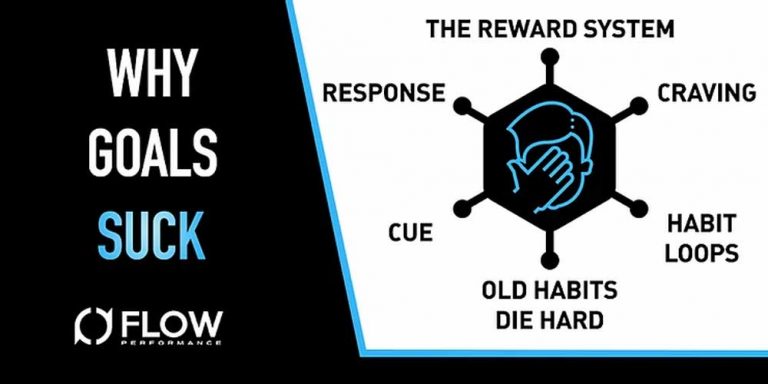As females, we are taught about our menstrual cycle in the later stages of primary school with a heavy focus on puberty and what to expect when we first get our periods. Some of us received really great education about our reproductive organs, however some of us were subjected to below average information and were met with a lot of awkwardness and shame surrounding it! Something that is often never taught is how much our energy, mood and motivation can fluctuate throughout our ovarian cycle because of the massive changes in hormones we experience and how this affects us as adults who have performance and physique goals!
Well, I want to change that! By the end of this article, I want you to be fully aware of exactly what’s going on in your body over the 28-day cycle and not only how it affects your mood, motivation, training and progress, but how you can apply this information to get the most out of your training!
Unlike men, who experience a 24 hour hormonal cycle, women experience fluctuations in hormones that last (on average) 28 days. How crazy is that! It’s no wonder that we experience such a wide range of sensations and feelings throughout the duration of the month. Because of the fluctuation of these hormones throughout the cycle, a lot of women experience variations in their maximal strength, muscle mass and performance!
Let’s break the cycle down a little further and discuss what’s happening in the body at each phase and what that means for your training!

Let’s start with…. The Follicular Phase!
The follicular phase makes up days 1-14 of your ovarian cycle, day 1 being the first day of your bleed and (roughly) day 14 being the point at which ovulation occurs. At the point of ovulation we see a spike in both LH (luteinising hormone) and FSH (follicular stimulating hormone) which work synergistically to stimulate follicular growth and ovulation (aka it gives us the best chance of falling pregnant!).
During these initial 14 days, we see oestrogen (the primary sex hormone in women) levels rising, whilst levels of progesterone (the hormone that helps thicken the lining of your uterus) drop. This is when we start to feel good and you’ll feel your mood and energy increase more and more! It is suggested that resistance training completed during this time results in greater gains in strength and muscle mass!
So what does that mean for your training? It would be worth making the most of these physiological changes and improvements in mood and energy by increasing the days you are training during this 14 day block as well as the intensity with which you train, particularly as oestrogen peaks just before ovulation, meaning you may hit some PB’s in this window!
In saying this, it’s also important to ensure you are training with correct form during this time and with appropriate warm-ups and recovery as a recent meta-review of studies looked at how hormonal changes (particularly the increase in oestrogen during this phase) can influence ACL injury and tendon laxity in women which may increase your risk of tendon injury (mainly as you approach the ovulatory phase of your cycle) (1). Take this information with a grain of salt as further studies need to be conducted, however if you feel any pain or stiffness in your body during this time, please listen to it and don’t over-do it.
So, we’ve talked about what’s happening on days 1-14 and how this is the optimal time to smash some PBs and train with some real gusto, what about the other 14 days?
This takes us to…. The Luteal Phase!
This phase comprises days 15-28 and is the part of the cycle where we experience that very common premenstrual syndrome, or PMS as it’s better known as. Not a very fun time for a lot of us!
During this phase, the egg is released from the corpus luteum in the ovary, causing a rise in progesterone. We see a dramatic drop in oestrogen levels initially, but levels slowly start to rise again over the next 14 days. The increase in progesterone and decrease in oestrogen is what causes these feelings of PMS.
Let’s look at PMS a little closer. I’m sure most of us can say we’ve experienced some of these symptoms during this time! Irritable mood, feeling tired, constipation, water retention, bloating, fatigue, devouring enough food to feed a small village (or is that just me….). Your core body temperature also rises at this time as the body prepares for a potential pregnancy.
As a result of all the above, it is incredibly common to feel unmotivated and like you just don’t have the endurance or energy to complete workouts like you did in the first 14 days of your cycle! Personally, I can definitely relate to this. I’ve tried to hit a back squat during this phase and could barely get to 80% of where I was 2 weeks prior, although that 80% felt like 100%! It’s really important that you don’t beat yourself up during this time if you aren’t hitting the same numbers!
I would suggest dropping the ego, removing any pressure from yourself to hit certain numbers and focus on lifting to an RPE (rate of perceived exertion) as strength can fluctuate up to 10% on any given day, let alone when there’s so much going on in your body. Sometimes just showing up and moving your body is the best thing you can do without putting pressure on yourself to perform the same as you did a few weeks prior! I also like to focus on my cardio during this time as running always feels good to me during this part of my cycle!
I believe it’s really important to note that you shouldn’t just give up on training completely during this time, despite the symptoms you may be experiencing. There are still so many benefits to training during this time, exercise has been shown to help with PMS symptoms such as decreasing menstrual cramps, helping with headaches as well as releasing endorphins to keep us feeling good! It’s worth adjusting your mindset and scaling the intensity back slightly during your session rather than just not turning up at all!
As you can see, it’s not very likely that we’re going to feel 100% at our best every single day when there is so much going on in our bodies over the course of 28 days! During the follicular phase (the first 2 weeks of your cycle), take advantage of the positive physiological changes you’re experiencing and up the intensity as much as you can as your body is primed for it at this point! As you start to enter the luteal phase (the final 2 weeks of your cycle), start to remove any expectations around hitting certain numbers and train to your own limits, pushing through the bouts where you feel unmotivated as exercising will be sure to help relieve your discomfort and you’ll feel better for moving! Above all else, listen to your body and always be kind to yourself.
References
Herzberg SD, Motu’apuaka ML, Lambert W, Fu R, Brady J, Guise JM. The effect of menstrual cycle and contraceptives on ACL injuries and laxity: a systematic review and meta-analysis. Orthopaedic journal of sports medicine. 2017 Jul 19;5(7):2325967117718781.




